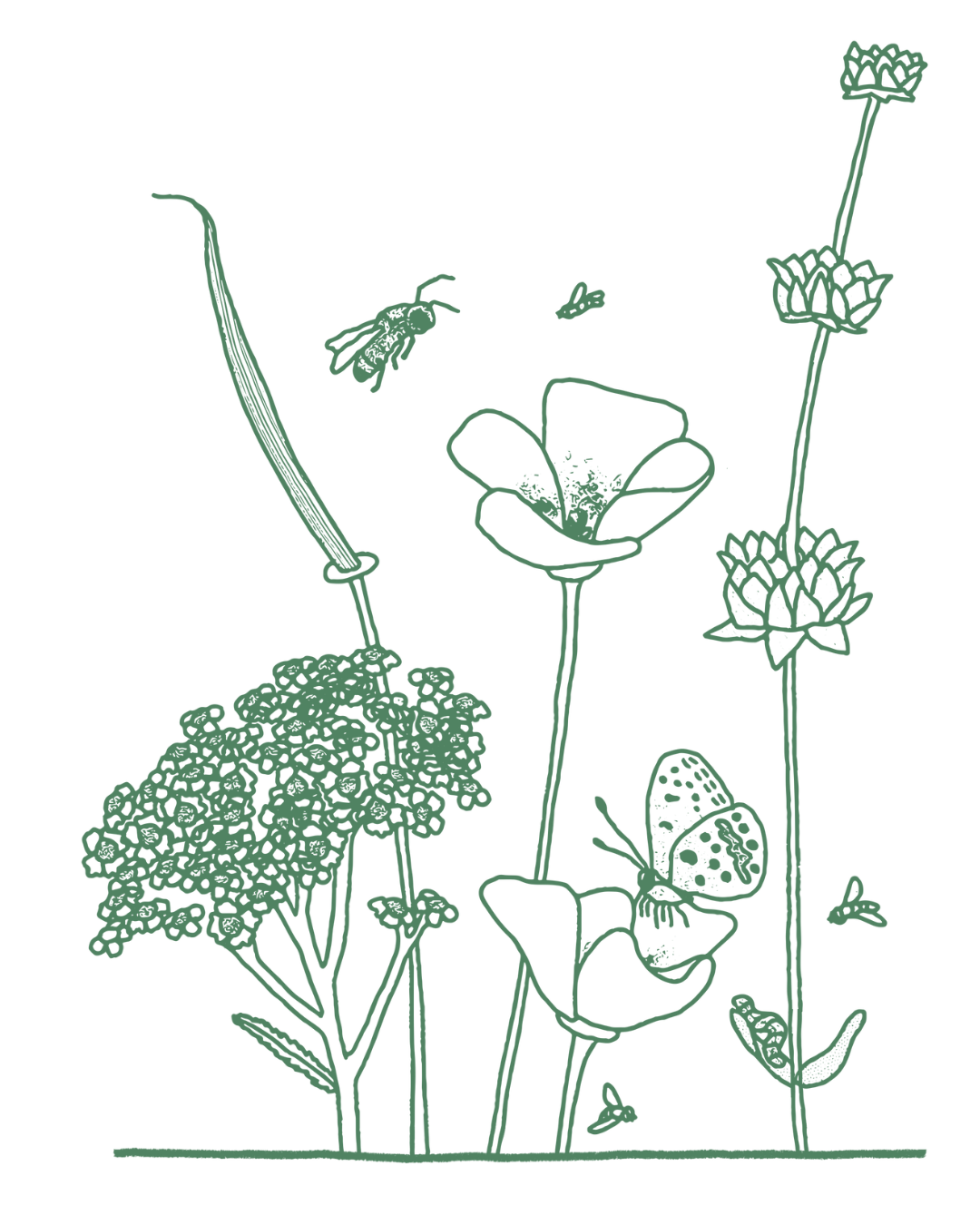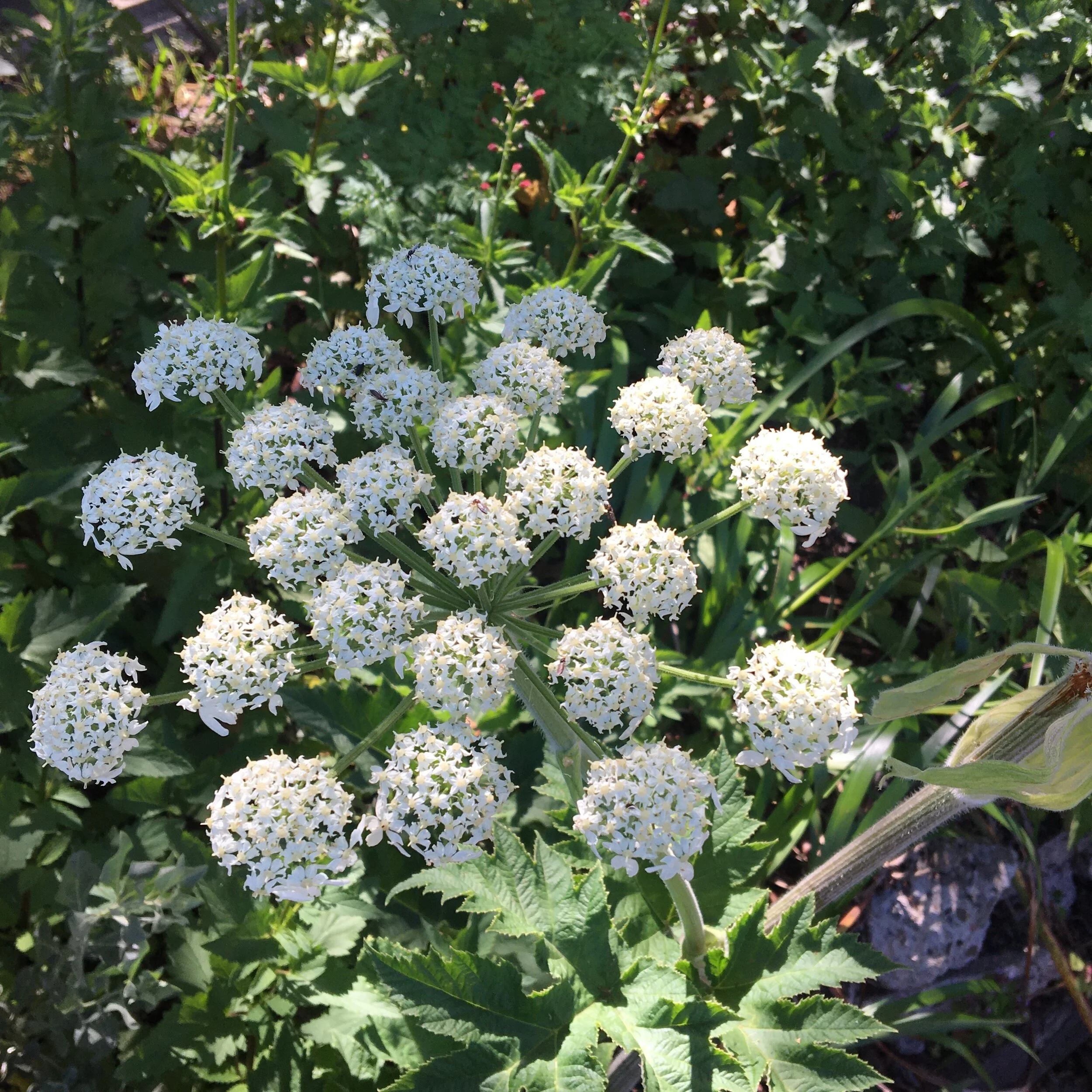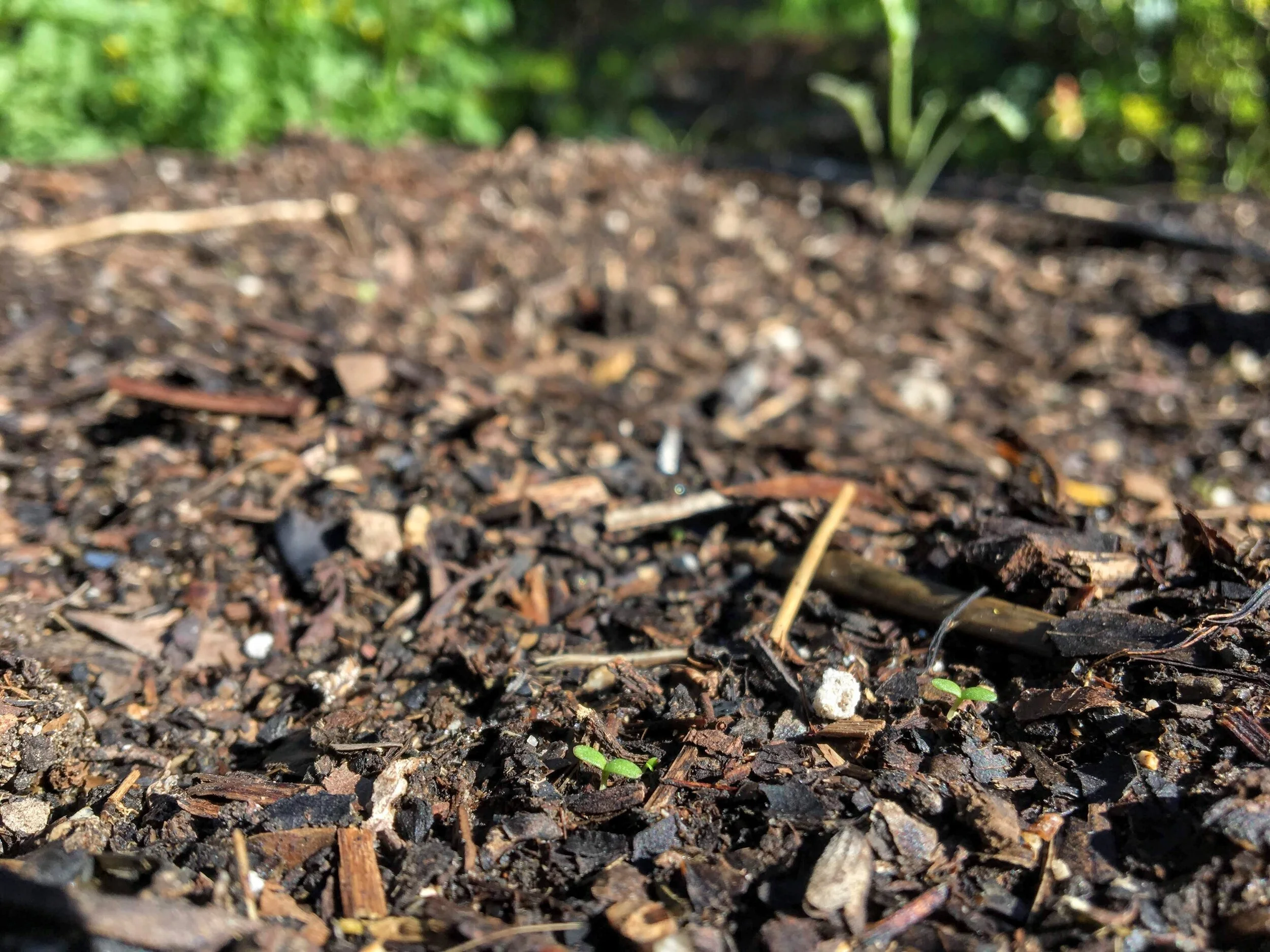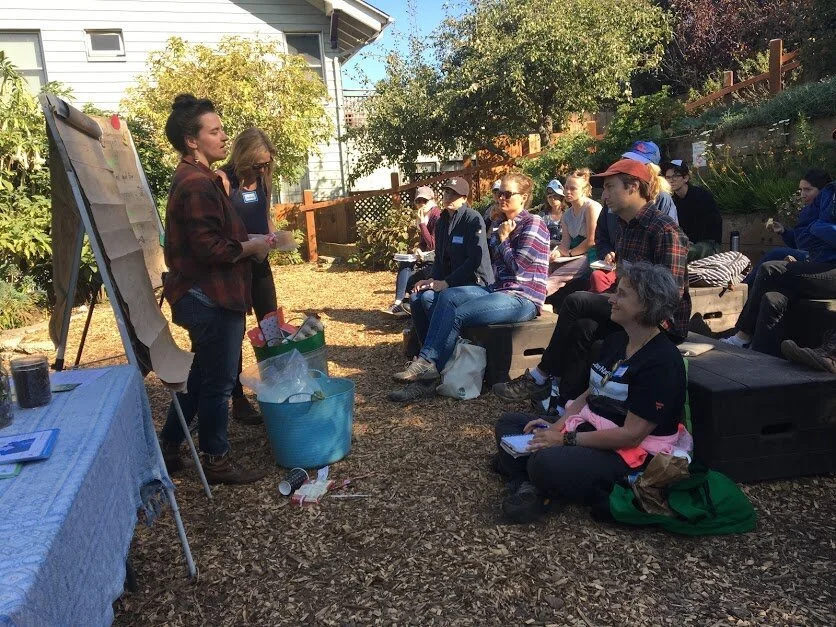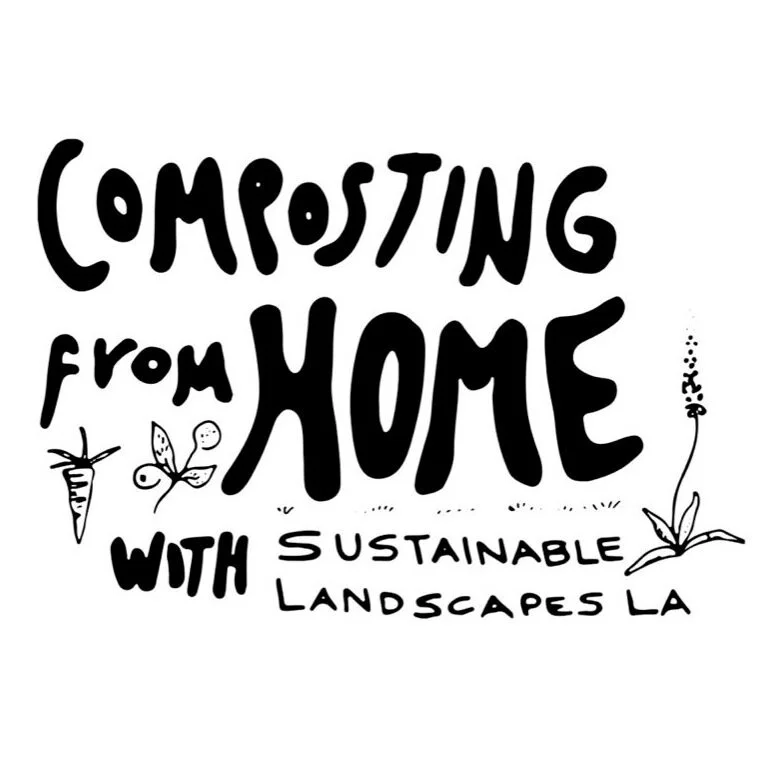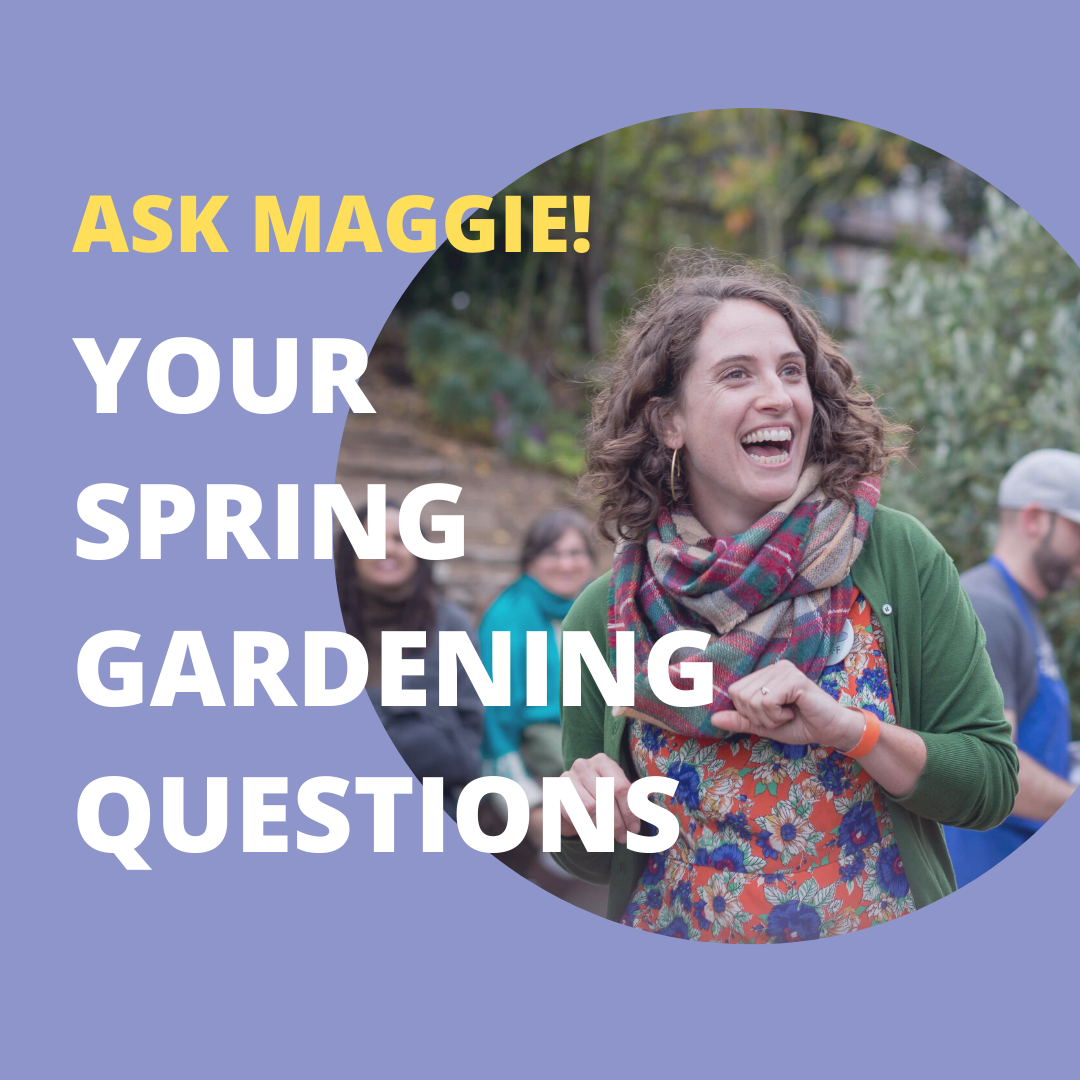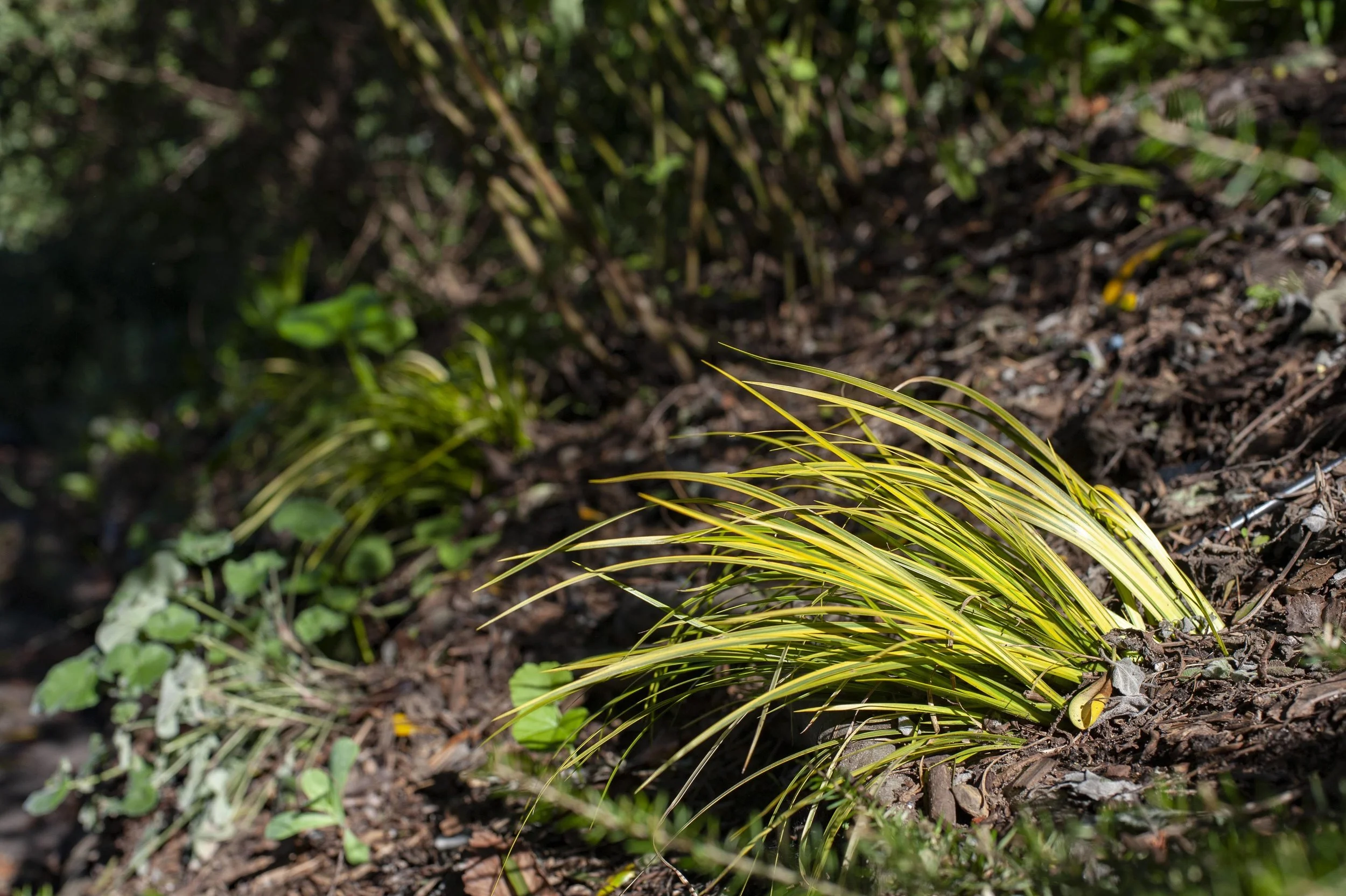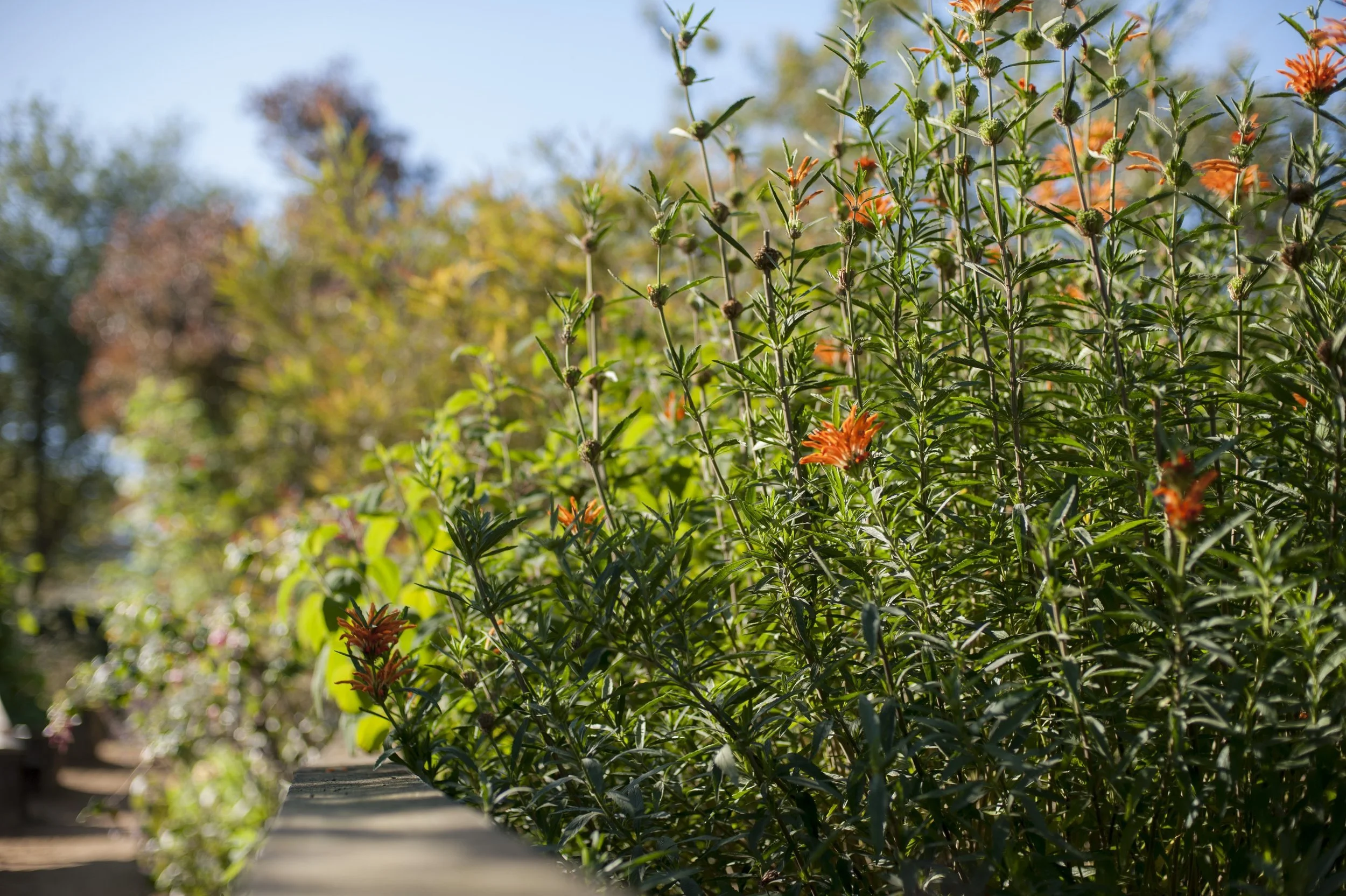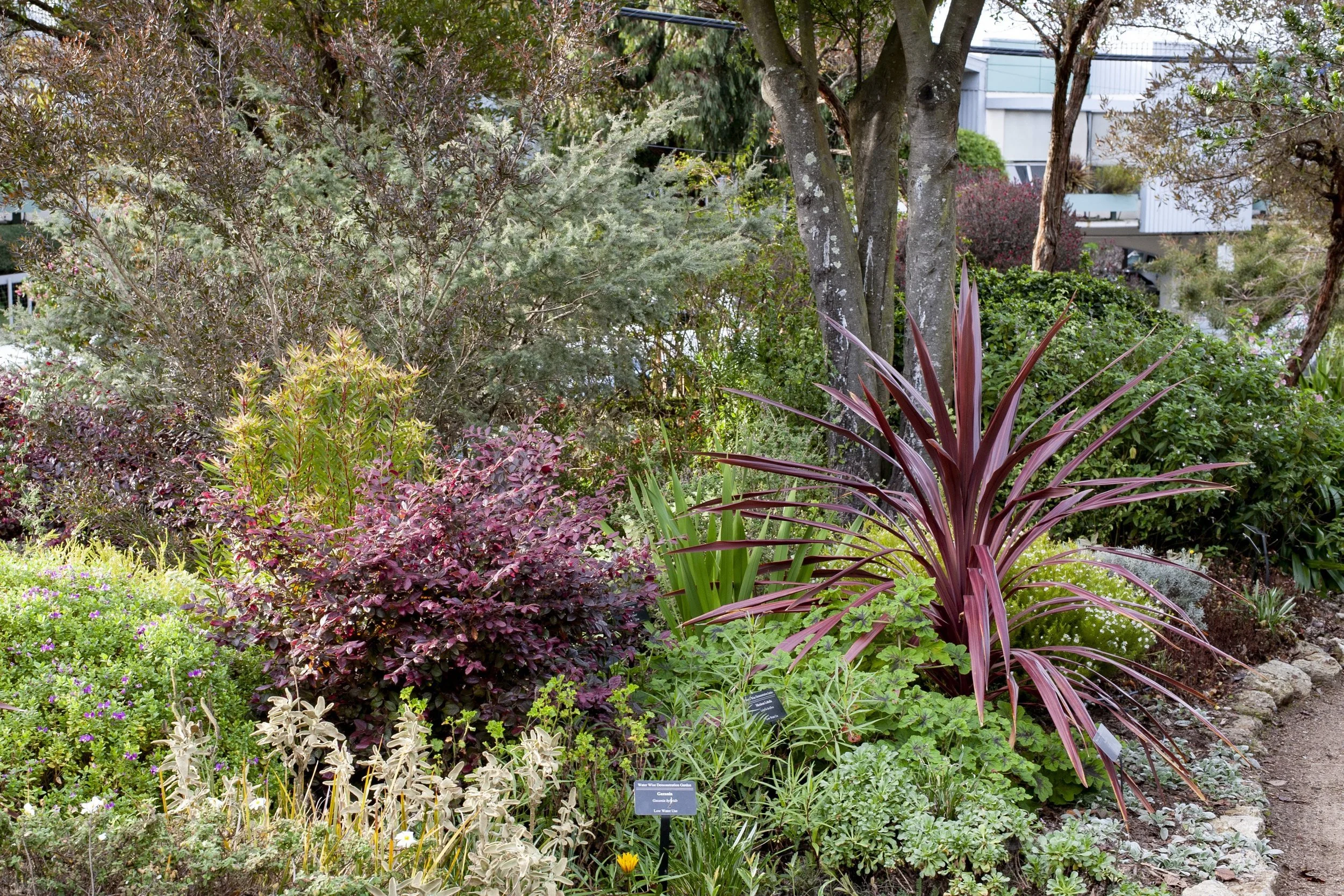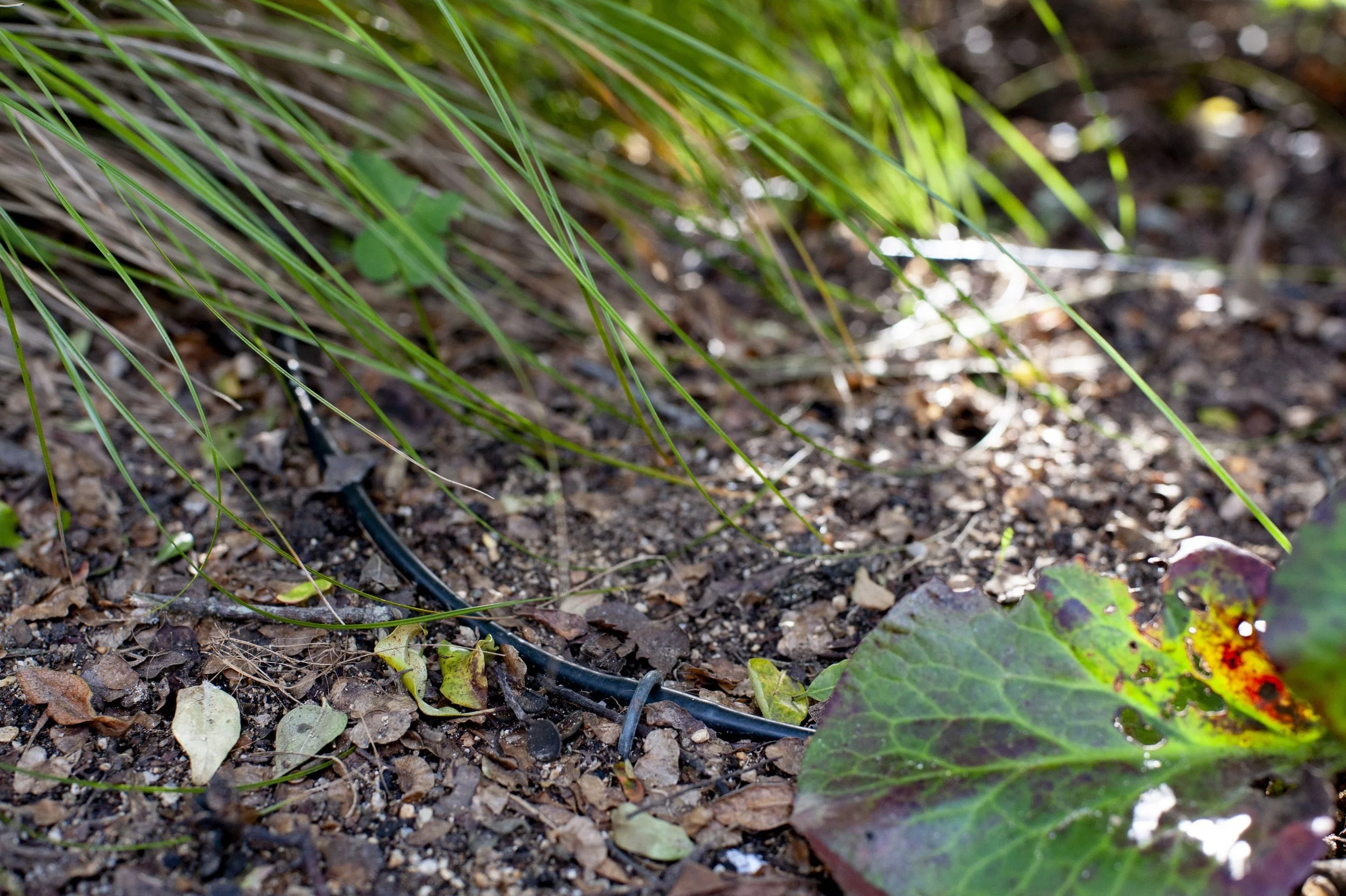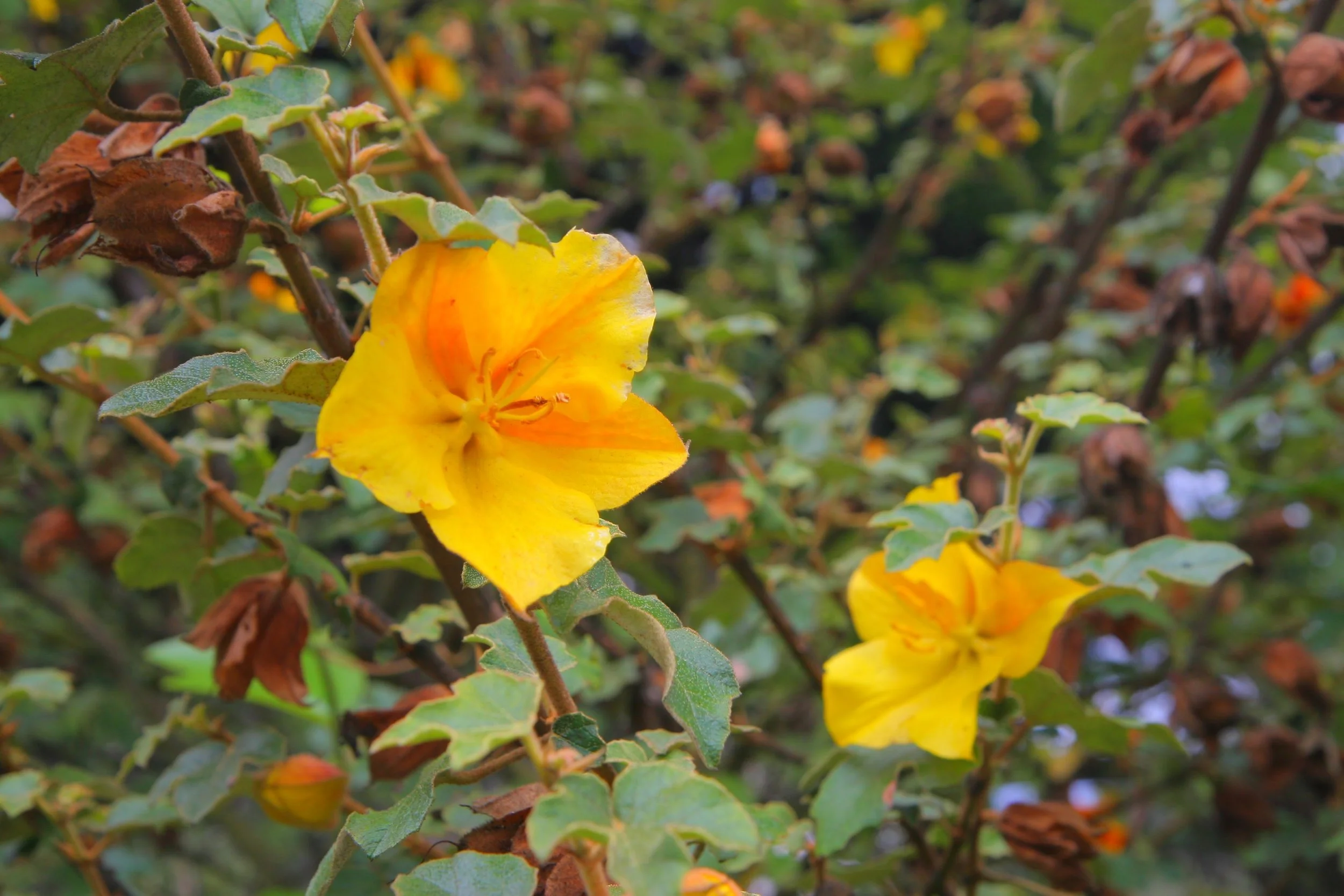Growing Gardeners
Dig into our online garden classroom featuring urban gardening advice, fun projects for kids, and recipes straight from the garden.
Learn to foster a garden that supports your community and local ecology.
Raised Bed Covers by Big Fun Gardens
Learn about the design and build of our custom raised bed covers.
30th Anniversary Historical Post: The Evolution of GFE's Hillside Areas
Today’s historical post takes a look at our hillside areas over twenty-four of the garden’s thirty-year history.
Native Plant Fun Facts: The Charismatic Cow Parsnip
This week’s featured California native plant is the cow parsnip (Heracleum maximum). It not only grows in California, but in most of the United States, and is the only plant in the genus Heracleum native to North America.
Resource: What type of soil should I use?
What’s the difference between all the types of soil you hear about? Learn about potting mix, planting mix, topsoil, and compost and which one is best for your purposes.
30th Anniversary Historical Post (on Earth Day #50): The Evolution of GFE's North Classroom Space
Happy 50th Earth Day! In recognition of this important anniversary, we’ll take a look at the evolution of one of our spaces, the North Classroom. It’s one of the areas in the garden that’s been the most pivotal in conveying the message of nurturing and protecting our planet in myriad ways in our 30-year history.
30th Anniversary Historical Post: GFE and Victory Gardens in San Francisco
We’re going to jump around in time here as we address Victory Gardens in San Francisco’s history, and where GFE intersects with this history.
Native Plant Fun Facts: The gorgeous Fremontodendron californicum
This week’s featured California native plant is the hardy, gorgeous Fremontodendron californicum, commonly known as California flannelbush. The most notable feature of Fremontodendron californicum is its stunning bright yellow flowers that bloom in spring, so look for them as you walk in your neighborhood these days.
Resource: How to Compost at Home
A beautiful, illustrated at-home composting guide created by GFE Alum Lily Polsetin!
Troubleshooting: Compost
We get a lot of questions about how to troubleshoot a compost pile. Learn how to asses if you pile is doing what it should be, and how to fix common problems that may arise!
Resource: Planting Calendar
Wondering what veggies to grow right now? Here’s what to sow right now, and what to get started for delicious summer crops!
Resource: Building a 3-Bin Compost System
Here are the plans to build your own backyard 3-bin compost system!
Resource: Where to Get Garden Supplies
Wanting to get a garden going but missing the supplies? We’ve got you covered with local nurseries and hardware stores that are open and offering services to get materials to you safely during the time of COVID-19.
Resource: Worm Composting
Worm composting is an excellent way to use up vegetable scraps to make black gold - nature’s most amazing plant food. Learn how with these step-by-step guides.
Ask Maggie: Your Spring Gardening Questions
Now is a great time to get gardening! We are all spending so much time at home and have an even greater relationship to food and our personal spaces. Here are some of the things I suggest for gardening this time of year.
Tea and Winter Pruning
This morning was sunny, a momentary break between showers. I kicked off my slippers, put on my boots, and went outside to have a look. Sipping my tea, I walked through the soggy garden, waiting for a little prompting to tell me where to work today. My eye was caught by a section of the garden where last year’s growth had caused some shrubs and perennials to grow into and through each other, leading to a visual mess. They were beautiful plants, just right for a sunny dry border with a sturdy succession of bloom.
Don't Give Up!
These are the dog days of summer. The gardens are dry and dusty, the street trees are stressing, plants all over town look flaccid and dull and hopeless. On the days when the city air is clear of smoke, we can try to forget how bad fire season is in the wild lands this year. But it will rain again, and when other parts of the country are deeply dormant, in December and January, our plants will be growing and blooming enthusiastically in the mild and juicy winter rains. Don’t give up!
Brown is the New Green?
Brown may be the new green, but what happens after that? Can we really count on future rainy years to save our lawns? Wouldn’t it be better to redesign our city now, with plants that do not need much summer water? Then silver and gold, lime and lavender and burgundy can be the new brown. These are only some of the palette of colorful and thriving plants you can see if you visit Garden for the Environment.
Towards a Leafy Future (Even in a Drought)
Every spring, as the last rains finish, gardeners are busy turning on the drip irrigation timers, and running each valve, to make sure that there are no leaks, and that the water is being targeted correctly. This year, because of our record-breaking drought, the stakes are even higher. Almost every garden has room to trim water use. First of all, if your garden still doesn’t have drip irrigation, now is the time. Drip irrigation applies the water slowly and evenly directly into the soil, so that none is lost to evaporation or run-off.
Garden Tolerance
Some native plants can be mixed in with other plants requiring summer water, but most can not. This is called the garden tolerance of the native plant. Most native plants have poor garden tolerance, which just means they will not thrive if exposed to normal garden conditions like rich soil, fertilization, and summer irrigation. They may even die.
Space, The Final Frontier
It is good to know that now is the second best time to plant water-wise plants. The deeper soil layers are still moist from our December rains, and the soil is also beginning to warm up. As the sun feels stronger, plants shake off winter and start to grow and bloom. But wait! Before you run off to the nursery to buy new plants, take the time to make some space in the garden. Grab your pruners and saw, your gloves and your green bin, and head outside. A lot of what’s hanging around in your garden belongs in the green bin.


